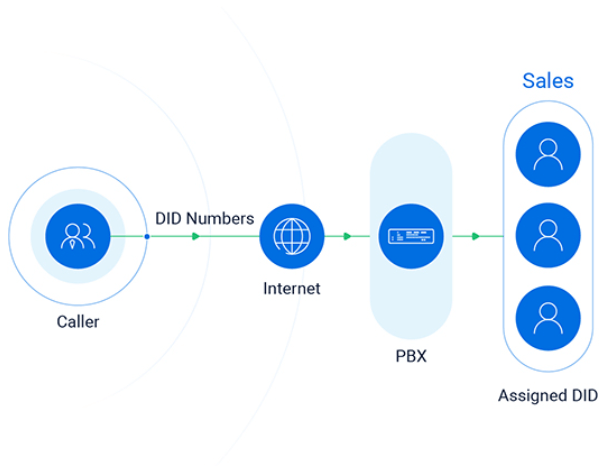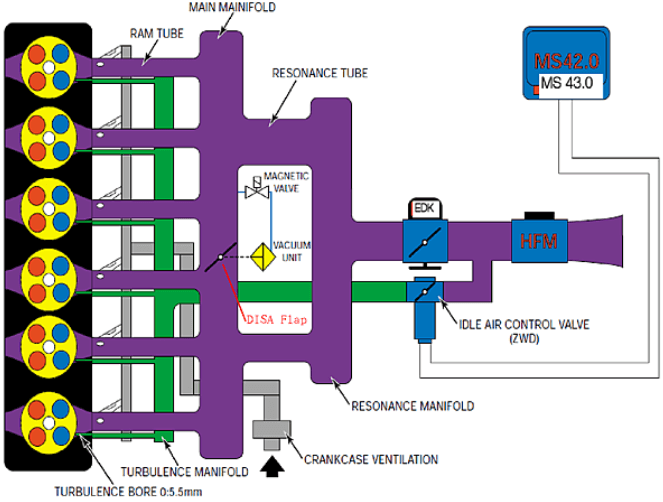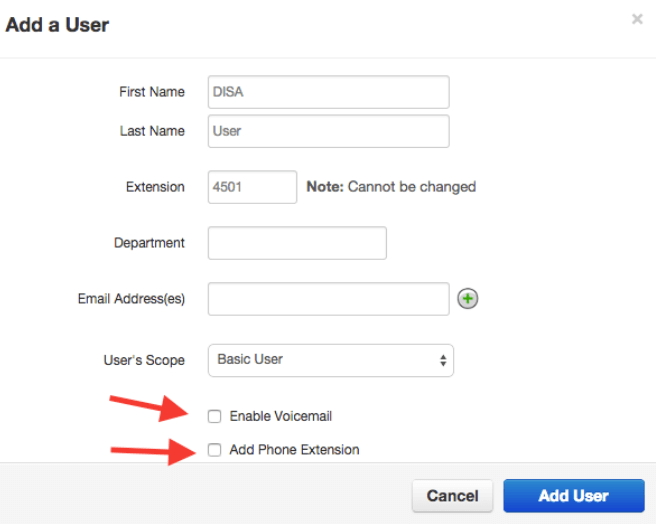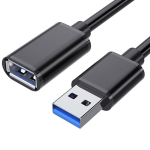In the intricate world of telecommunication systems, efficiency and accessibility stand as paramount pillars. Amidst the myriad of tools and technologies available, Direct Inward System Access (DISA) emerges as a pivotal solution, offering streamlined communication processes and enhanced accessibility for both internal and external stakeholders.
DISA, often regarded as the unsung hero of telephony infrastructure, facilitates direct access to an organization’s internal phone system from an external line. This capability not only optimizes communication workflows but also empowers businesses with greater control over their telephony operations.
In this article, we delve into the depths of Direct Inward System Access, exploring its functionalities, benefits, implementation strategies, and best practices. By unraveling the complexities surrounding DISA, we aim to equip businesses and telecommunication enthusiasts alike with the knowledge needed to leverage this invaluable tool effectively.

How Does DISA Work?
DISA allows external callers to access an organization’s internal phone system directly. Instead of being routed through a receptionist or automated attendant, callers can dial a designated number and enter a passcode to gain access to specific extensions or services within the organization. This streamlined approach enhances efficiency and reduces call handling time.
Benefits of Implementing DISA
Improved Accessibility
DISA provides seamless access to internal phone system features from external locations. This accessibility is particularly beneficial for remote workers, traveling employees, or individuals working across different office locations.
Cost-Effectiveness
By automating call routing and reducing the need for human intervention, DISA helps organizations save on staffing costs. Additionally, it eliminates the need for dedicated receptionists or operators to handle incoming calls, further optimizing operational expenses.
Enhanced Security
DISA systems can be configured with robust security measures such as passcodes, PINs, or biometric authentication to ensure that only authorized users gain access. This helps prevent unauthorized access to sensitive information and protects the organization from potential security threats.
Setting Up DISA
Implementing DISA requires compatible phone systems and configuration of the DISA feature. Organizations need to define access numbers, passcodes, and routing rules based on their specific requirements. Detailed setup instructions provided by the phone system manufacturer or service provider should be followed to ensure proper implementation.

Best Practices for Using DISA
Security Measures
It’s essential to regularly update passcodes and review access permissions to prevent unauthorized access. Additionally, implementing multi-factor authentication adds an extra layer of security to DISA systems.
Optimization Techniques
Fine-tuning call routing rules and configuring time-based routing can optimize call handling efficiency. Regular monitoring of call volumes and user feedback helps identify areas for improvement and optimization.
Common Challenges with DISA
Despite its benefits, DISA implementation may face certain challenges such as compatibility issues with existing phone systems, integration complexities, and user resistance to change. However, these challenges can be overcome through proper planning, training, and support from experienced professionals.
Case Studies: Successful Implementation of DISA
Several organizations across various industries have successfully implemented DISA to streamline their communication processes. Case studies highlighting these success stories provide valuable insights into the practical application and benefits of DISA in real-world scenarios.
Future Trends in DISA Technology
As technology continues to evolve, DISA systems are expected to incorporate advanced features such as artificial intelligence (AI) integration, natural language processing (NLP), and enhanced security protocols. These advancements will further enhance the efficiency, security, and user experience of DISA systems.

Frequently Asked Questions OnHow to Set Up and Configure Direct Inward System Access
Is DISA suitable for all types of businesses?
DISA can be beneficial for businesses of various sizes and industries, but its suitability depends on specific communication needs and infrastructure requirements.
How secure is DISA against potential security threats?
When configured with robust security measures such as passcodes, PINs, and multi-factor authentication, DISA can effectively mitigate security risks and prevent unauthorized access.
Can DISA be integrated with other communication systems?
Yes, DISA can be integrated with existing phone systems, VoIP solutions, and unified communication platforms to enhance interoperability and functionality.
What are the typical costs associated with implementing DISA?
The costs of implementing DISA vary depending on factors such as the size of the organization, the complexity of the setup, and the chosen service provider. Organizations should consider both upfront costs and ongoing maintenance expenses.
How can organizations ensure a smooth transition to DISA?
Proper planning, employee training, and support from experienced professionals are essential for ensuring a smooth transition to DISA. Organizations should communicate the benefits of DISA to employees and address any concerns or resistance to change effectively.
conclusion
Direct Inward System Access (DISA) emerges as a pivotal tool in modern business communications, offering a blend of accessibility, cost-effectiveness, and security. By facilitating direct access to internal phone system features from external locations, DISA streamlines operations, enhances connectivity, and fortifies organizational efficiency. While challenges may arise during implementation, the benefits far outweigh the hurdles, with DISA paving the way for smoother communication workflows and heightened productivity. As technology advances, the future of DISA holds promise, with potential enhancements such as AI integration and enhanced security protocols poised to further elevate its utility. Embracing DISA represents not only a strategic investment in communication infrastructure but also a commitment to staying agile and competitive in today’s dynamic business landscape.








